This sensor can be used to measure the current in the mA range, in parallel or series branches of low voltage AC and DC circuits and also to investigate the dependence of the current flow through components on the voltage across them. |
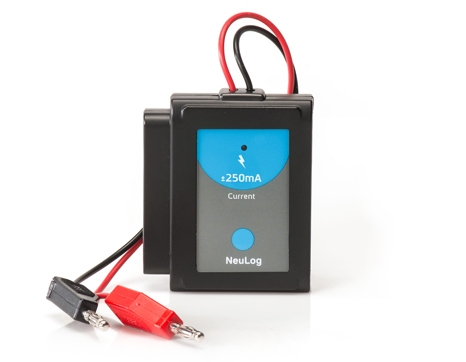 |
|
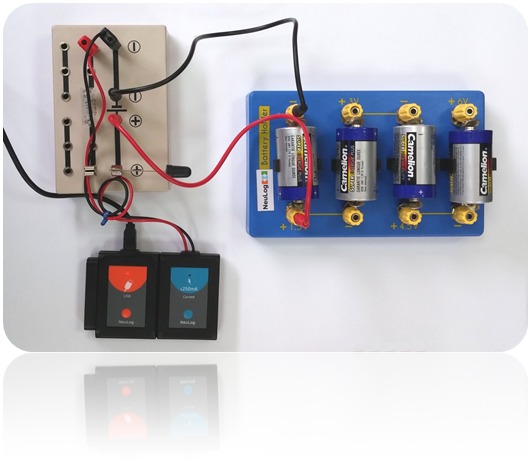 |
This sensor can be used to measure the current in the mA range, in parallel or series branches of low voltage AC and DC circuits and also to investigate the dependence of the current flow through components on the voltage across them. |
 |
|
 |
The most common types of radiation are alpha, beta and gamma. The NeuLog Geiger sensor measures all three types of radiation. The radioactivity of a sample can be measured by counting how many ionizing events occurred in a period of time or as rate (counts per second, for example). Possible experiments that can be performed are: Radioactivity and distance, Lifetime measurements, Biological radioactive markers, measuring half-lives, Radiation shielding, etc. |
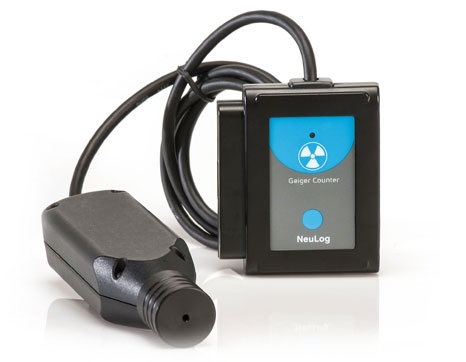 |
|
The sensor measures the current through the resistance and the voltage on it, its output is a resistance value. Using ohm’s law (R = V/I) the resistance is calculated from the current and voltage values. Possible experiments that can be performed are: Electrical components resistance measurements, electrical parallel circuits, electrical series circuits and electronics. |
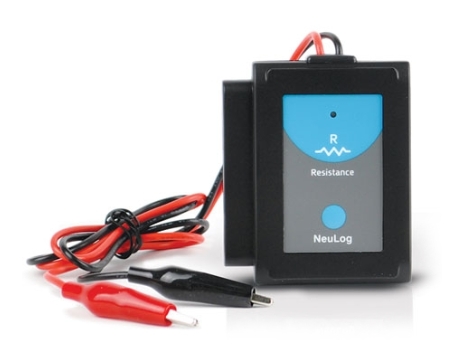 |
|
|

|

|

This is one of our most versatile sensors. It can be used in biology to monitor ecological systems, microbiological cultures and to study the effect of temperature on photosynthesis and enzymatic reactions. In chemistry, to study exothermic or endothermic reactions and how the rate of reaction is affected by temperature; in physics it can be used to study heat/energy transfer. This sensor can be used for temperature measurements in solids, liquids or gases. |
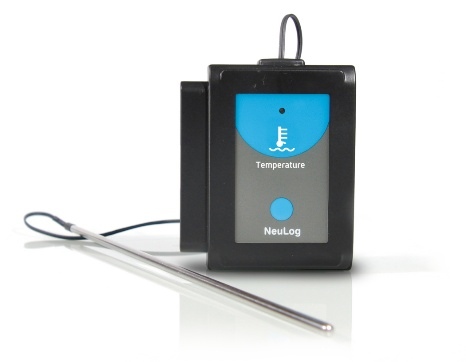 |
|
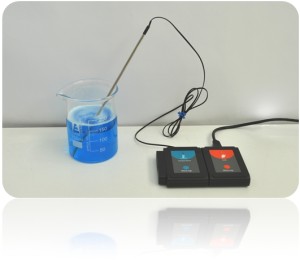 |
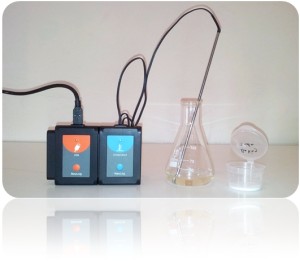 |
|

|

This sensor measures electrostatic charges. It can be seen as a highly sensitive electroscope indicating whether a charge is positive or negative. Other uses are: to explore the nature of static charge, to measure both charge and voltage, to measure charge by induction, quantify the charge on a capacitor or discover the charge distribution on a conducting sphere.
|
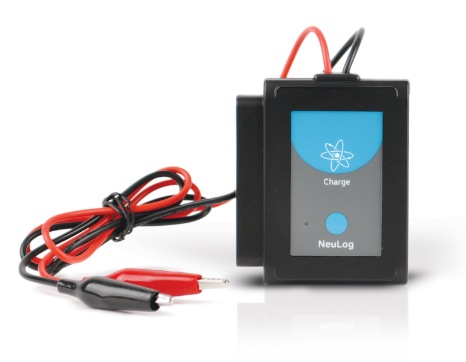 |
|
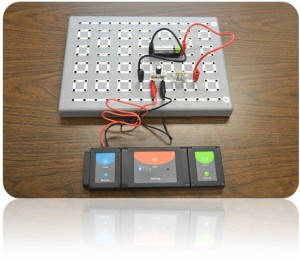 |
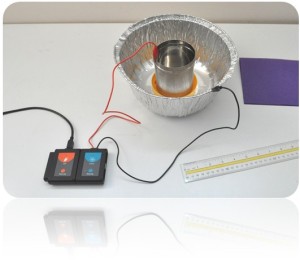 |